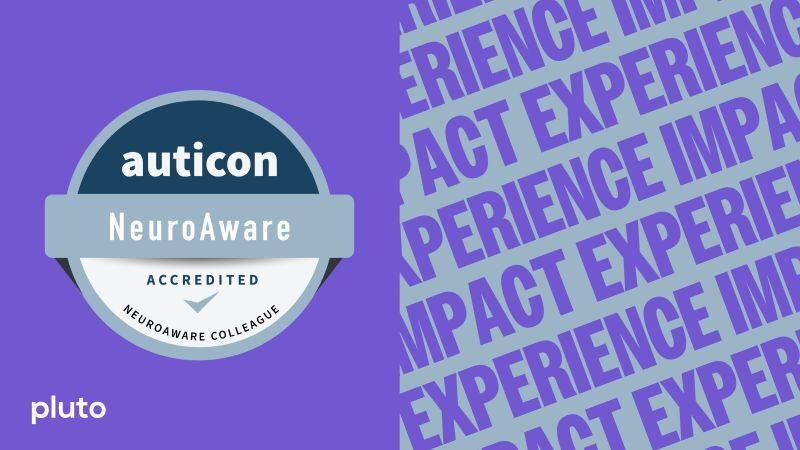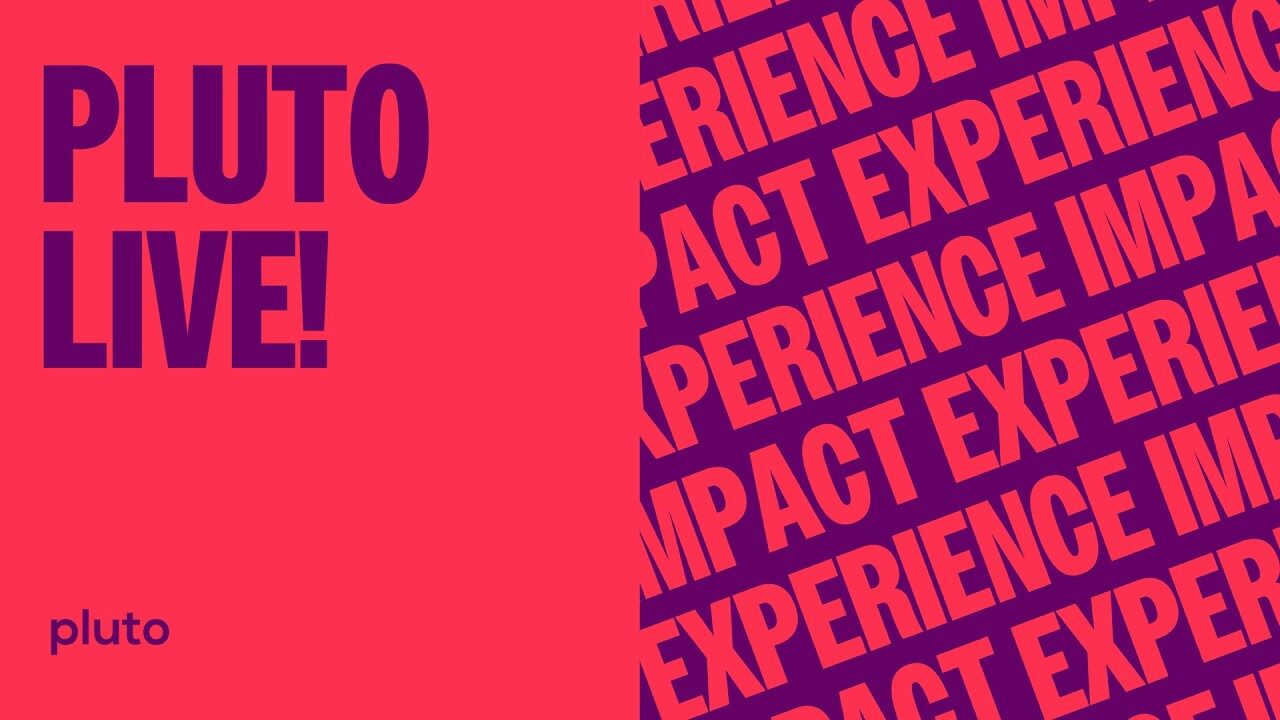Here at Pluto, we’re always banging on about the importance of engagement when it comes to social media. If you’re a client of ours, have been to one of our conference talks, or even glanced at our social profiles, you’ll know that our mantra is “if it’s not being shared, it’s not working” – and we stand by that.
Our clients often ask us how many followers they’ll get for XX amount of budget – but it’s not that simple. Sure, followers are nice, but if they don’t engage with your content then you might as well not have them. That’s why the number one metric for effectiveness on social media is engagement. How many people saw your content and were compelled to like, comment or even share (the holy grail)? If you make good content that people like to interact with, the follower count will take care of itself.
But I hear ya, it’s all well and good to say “make your content more engaging”, but that is easier said than done.
To help you on your way, we’ve put together some simple psychology hacks to get into the minds of your audience, inspire your content and get their thumbs tapping.
Create urgency
Chances are you’ve seen this psychological trick in advertising for years (think, “Limited time offer!” and “last chance to buy!”). The basic principle of creating a sense of urgency to drive action is just as relevant than ever.
What does this principle look like when put into practice? Think countdown timers, limited time promotions, early-bird tickets and promoting scarcity.
Creating urgency and promoting “limited availability” also reflects the demand for your product. People want things that their peers are interested in, they don’t want to miss out. Which leads us to our next point…
FOMO
informal
: fear of missing out : fear of not being included in something (such as an interesting or enjoyable activity) that others are experiencing.
FOMO has been around in some guise or another since the dawn of man, but has been intensified exponentially since the advent of social media. As our lives become more public and filtered, social media users often find themselves left out or left behind when looking at their friends “best bits” on the ‘gram. This leads to an intense drive to keep up with the Jones’s – or more likely, The Kardashians. This psychological quirk is a hangover from our caveman days that ensured our survival: without the protection of our pack, you better believe a sabre tooth tiger would be quick to take us out!
FOMO marketing is the strategy of making a user feel like they’ll be left behind by their peers if they don’t take action immediately. Often, this is as simple as how you build your communications around your brand or product.
Probably the most notable example of this strategy used effectively came from our neighbours across the pond, AT&T, in their campaign to promote their new service Spectrum. Their tagline was literally, “Don’t get left behind”.
Harness Emotion
Nothing compels us to engage more than something that pulls at our heart strings or makes us smile.
We are humans. As the ‘apex species’ on Earth, our complex emotional responses are what sets us apart from other animals. You don’t have to look far to see how playing on human emotions inspires action.
In 2015, the Yes Equality campaign in Ireland was campaigning for a Yes vote in the upcoming Same-Sex Marriage referendum. Their core strategy was to change hearts and minds by telling real stories of the LGBTQ+ in Ireland.
Yes Equality played the leading role in shaping the narrative that mobilised support and created the campaign which resulted in the historic 62% Yes vote. The role played by digital and social media was seen as groundbreaking, creating a campaign that moved from “clicktivism” to real change for the first time ever.
People Relate To People, Not Brands
An interesting evolutionary trait of ours is that we tend to relate to, and trust people who, look and sound like us. This comes back to our pack mentality of needing to be a part of a group for survival. In your content, use real people to communicate your brand message. Create content that include people of a similar age and demographic as your target audience to drive more connection. You could even partner with influencers with a similar audience to yours.
But what if your target audience spans several demographics? Easy. Create a paid social strategy that targets each demographic with different creatives that they are more likely to relate to (drop us a line and we can help you out!).
Adding this human element will increase your engagement and create more connection with your brand.






